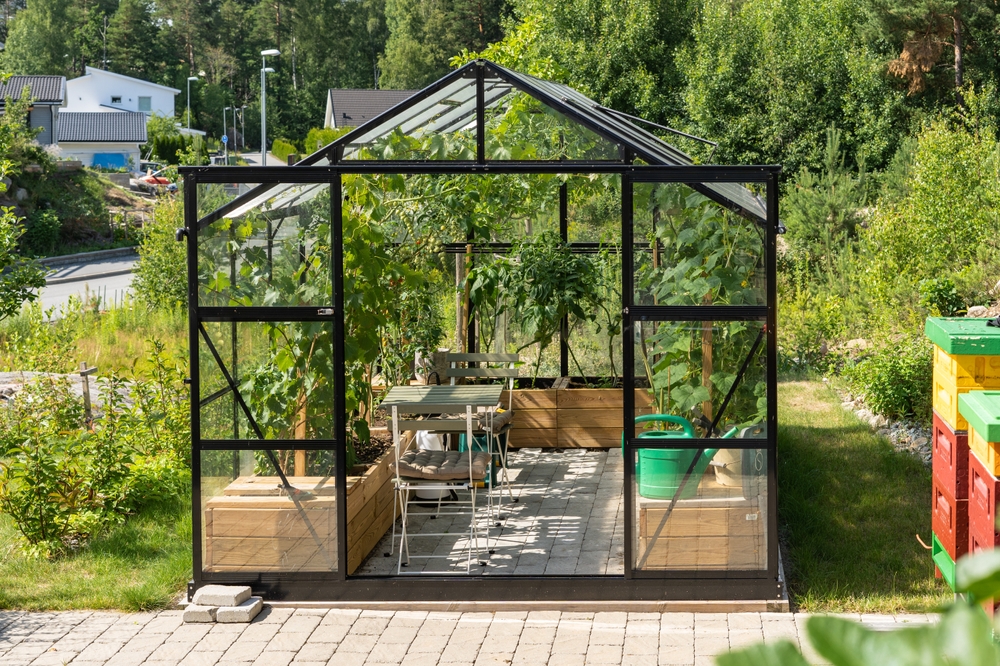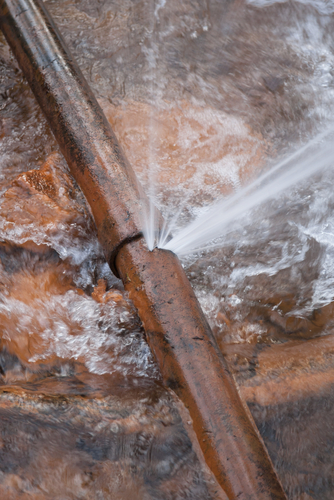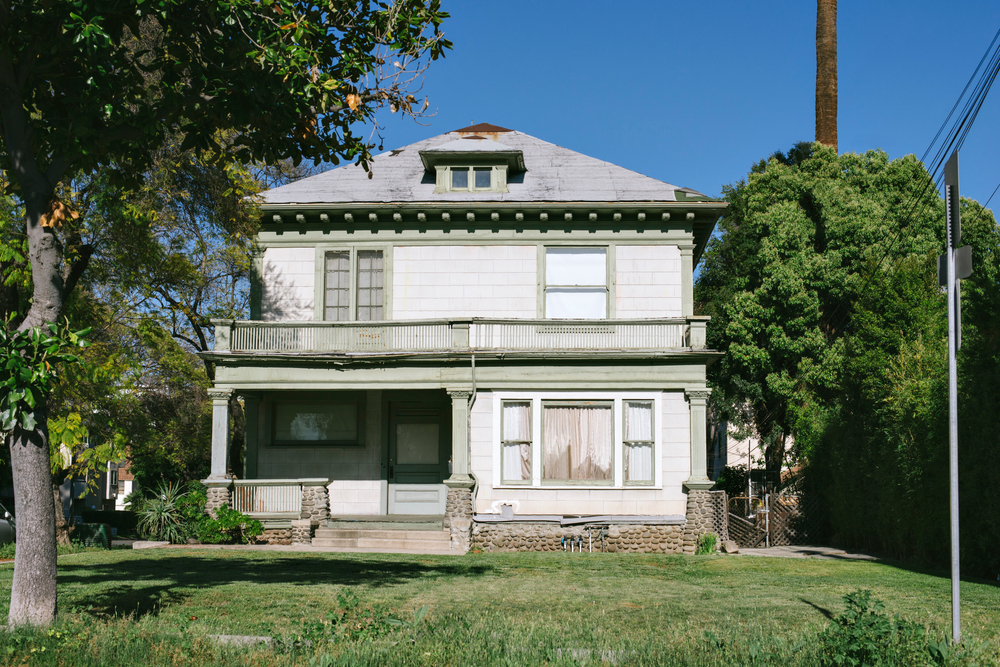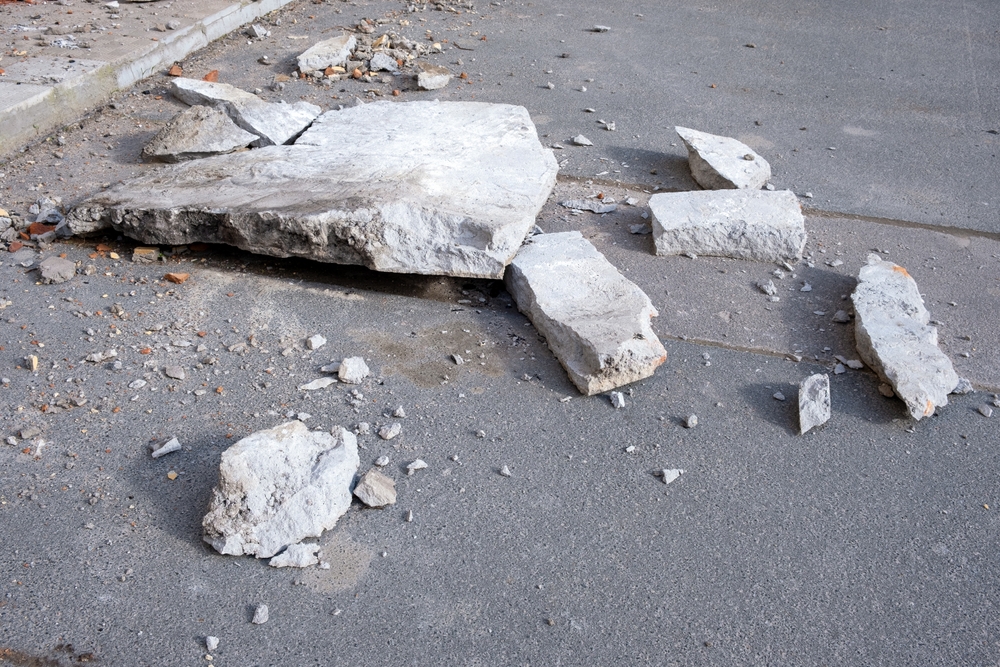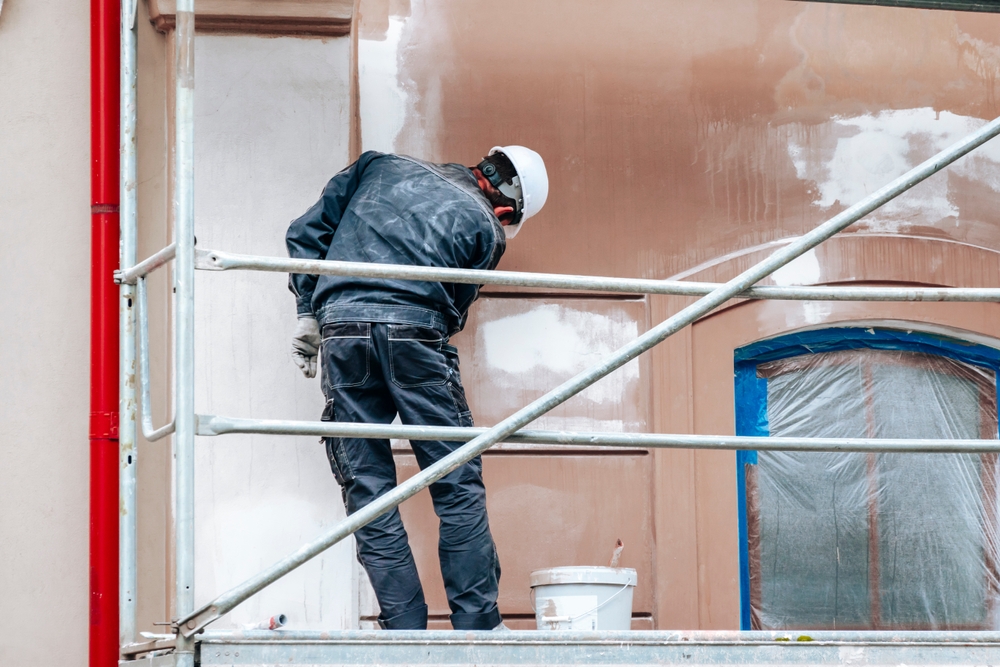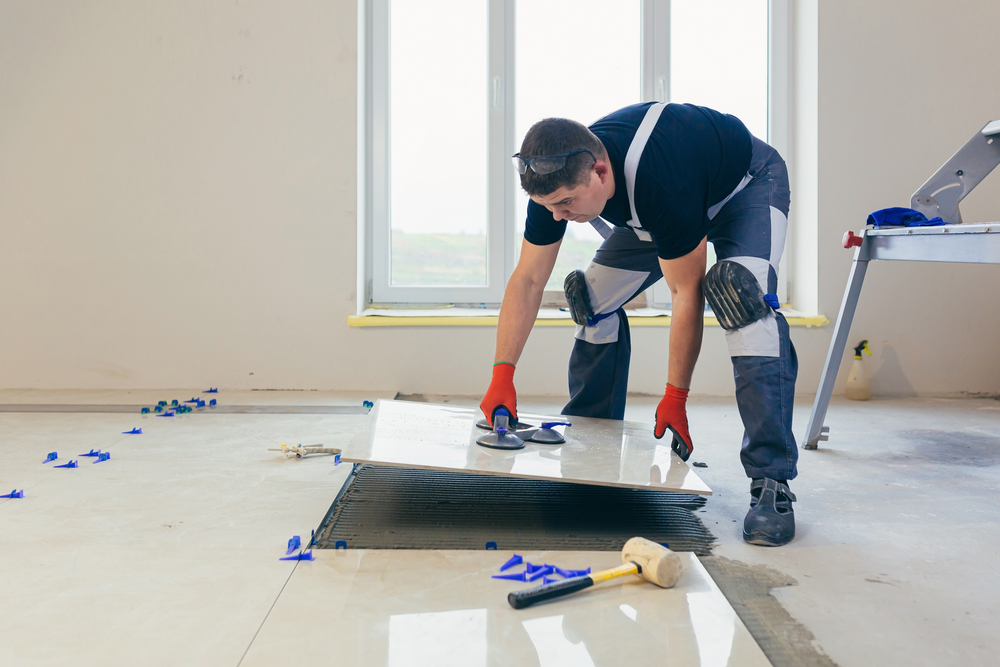March 19, 2024 - Benjamin Ehinger
Water Pipe Burst Inside Your House: Immediate Steps to Mitigate Damage
CALL NOW 844-762-8449
Discovering a water pipe burst inside your house can be a startling event that quickly escalates into a crisis without proper action. The sudden rush of water can cause significant damage to furnishings, structure, and personal belongings. It’s essential to respond promptly and efficiently to mitigate the damage and start the recovery process. Knowledge of what to do in such an event is paramount to maintain the integrity of your home.
When a pipe bursts, the immediate priority is stopping the flow of water to prevent further damage. This involves locating and shutting off the main water valve. Once the water is stopped, it’s important to assess the affected area and begin removing excess water. Clean-up can be extensive, depending on the severity of the burst; it may be beneficial to utilize a local dumpster rental from Waste Removal USA to effectively manage the wreckage and damaged materials. Understanding the necessary steps for repair and prevention will safeguard your home against future incidents.
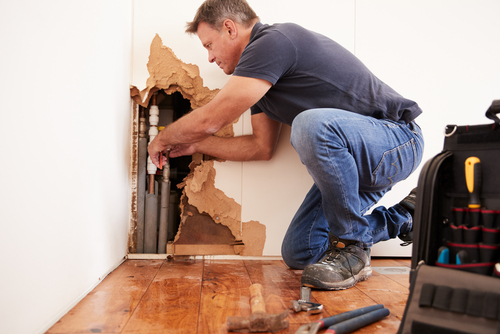 When a water pipe bursts in your home, a swift and thorough assessment of the damage to walls, ceilings, and floors can help you address the impact on your belongings and streamline the documentation process for your insurance claim.
When a water pipe bursts in your home, a swift and thorough assessment of the damage to walls, ceilings, and floors can help you address the impact on your belongings and streamline the documentation process for your insurance claim.
 Maintaining the health of your plumbing system is key to prevent water pipe bursts in your home. Understanding the effects of water pressure, temperature, and the signs of potential clogs or corrosion can help you minimize the risk of unexpected leaks or significant damage.
Maintaining the health of your plumbing system is key to prevent water pipe bursts in your home. Understanding the effects of water pressure, temperature, and the signs of potential clogs or corrosion can help you minimize the risk of unexpected leaks or significant damage.
Key Takeaways
- Quickly shut off the main water valve to minimize damage from a burst pipe.
- Assess the situation and remove water and debris, considering a dumpster rental for clean-up.
- Take proactive steps for repair and prevention to protect your home.
Identifying a Water Pipe Burst
When a water pipe bursts in your house, it’s crucial to quickly identify and address the problem to minimize damage. Understanding the signs and how to inspect for pipe damage can help you catch a burst pipe before it causes severe issues.Signs of a Burst Pipe
- Unusual Sounds: Hissing, banging, or rushing water sounds when taps are not in use could indicate a burst pipe.
- Water Pressure Changes: A sudden loss of water pressure is often a significant sign of a pipe burst.
- Water Marks: Discoloration or water stains on walls, ceilings, or floors may suggest water damage from a pipe burst.
- Odor: A musty smell can develop from damp areas where water has leaked through burst pipes.
Inspecting for Pipe Damage
- Water Meter Check: Turn off all water sources; if the meter continues to run, this indicates a leak could be present.
- Visible Inspection: Check for signs of corrosion, rust, or physical damage to exposed pipes.
Discovering Leaks and Puddles
- Puddles: Standing water under sinks, on floors, or near the main water line are clear indications of leaks.
- Damp Drywall: If touching the walls leaves a residue on your hand, it may point to a leak behind the wall.
- Outdoor Inspection: Don’t forget to inspect exterior pipes or ground over the pipes for signs of excess water, which can also signify a burst pipe.
Immediate Actions to Take
When a water pipe bursts in your home, the immediate goal is to minimize damage and ensure safety. Quick actions like shutting off the main water valve and electricity, as well as dealing with water spillage, can be crucial steps.Shutting Off the Main Water Valve
Locate your main water shutoff valve. This valve is typically found in the basement, on an exterior wall, or in a utility area. Turn it clockwise to shut it off completely, stopping all water flow into your home. Every homeowner should familiarize themselves with the valve’s location and operation before any issues arise.Electricity and Safety Precautions
If the burst pipe has caused water to leak near electrical outlets or appliances, switch off the electricity at the circuit breaker box immediately. Avoid standing in water to do this, as water conducts electricity and poses a risk of electrocution. Always prioritize your safety and when in doubt, contact an electrician.Mitigating Water Spillage
Once the water and electricity are safely off, use mops, towels, or a wet vacuum to clean up as much water as you can. This will help prevent further water damage and the potential for mold growth. Move wet items to a dry area, and if necessary, contact a professional water damage restoration company to assist with drying and repairs.Assessing Water Damage
 When a water pipe bursts in your home, a swift and thorough assessment of the damage to walls, ceilings, and floors can help you address the impact on your belongings and streamline the documentation process for your insurance claim.
When a water pipe bursts in your home, a swift and thorough assessment of the damage to walls, ceilings, and floors can help you address the impact on your belongings and streamline the documentation process for your insurance claim.
Inspecting Walls and Ceilings
Inspect your walls and ceilings for signs of water damage, such as discoloration, swelling, or peeling paint. Water can seep behind walls, so touch them to feel for dampness or soft spots which indicate hidden damage. If you suspect water has compromised the structural integrity of a wall or ceiling, it’s important to consult with professionals such as those from My Remediator LLC.Floors and Belongings Impact
Examine your floors, especially if they are carpeted, as they can absorb a significant amount of water and lead to mold growth under the surface. Check hard-to-see areas like under rugs and furniture. Make a list of damaged belongings, categorizing them by room and noting their condition:- Living Room:
- Wet sofa cushions: surface water damage
- Swollen wood furniture legs: absorbed water
Documenting Damage for Insurance
Carefully document all instances of damage and take clear photographs from multiple angles. Your homeowners insurance policy may require specific forms of documentation for claims, so verify these details. Proper documentation is key to ensure you can prove the extent of the damage to your insurance provider. Here’s a simplified checklist you should consider:- Photograph every area affected by water damage.
- Record the date and time of the damage.
- List all damaged items with their estimated value.
Preventing and Managing Mold
When a water pipe bursts in your house, managing the resulting moisture quickly is crucial to preventing mold growth. Your prompt action can greatly reduce the risk of developing toxic mold and mildew in your living spaces.Effects of Moisture on Mold Growth
Moisture in your home creates an ideal environment for mold to flourish. Mold spores thrive in damp conditions, and without proper drying, they can begin to colonize in as little as 24 to 48 hours. It’s essential to understand that even a small amount of moisture can lead to mold issues, so identifying and addressing wet areas promptly is key.Mold Removal Strategies
If you find mold in your home, you’ll want to follow an effective removal strategy:- Identify and Repair the Source:
- Ensure the burst pipe is fixed to stop water inflow.
- Dry Wet Areas Immediately:
- Use fans, dehumidifiers, or increase ventilation to dry out affected areas.
- Clean and Disinfect:
- Non-porous surfaces can be cleaned with water and detergent.
- Porous materials may need to be discarded if they’re heavily contaminated.
Preventing Future Mold and Mildew
Prevent future occurrences with these steps:- Maintain a dry environment using dehumidifiers to keep humidity levels below 50%.
- Regularly inspect your plumbing to catch and repair leaks early.
- Consider water-resistant materials during repairs or renovations to prevent moisture retention.
Understanding Plumbing and Pipe Health
 Maintaining the health of your plumbing system is key to prevent water pipe bursts in your home. Understanding the effects of water pressure, temperature, and the signs of potential clogs or corrosion can help you minimize the risk of unexpected leaks or significant damage.
Maintaining the health of your plumbing system is key to prevent water pipe bursts in your home. Understanding the effects of water pressure, temperature, and the signs of potential clogs or corrosion can help you minimize the risk of unexpected leaks or significant damage.
Effects of Water Pressure and Temperature
High water pressure is a common culprit for plumbing issues. While it may provide a satisfying shower experience, pressure that consistently exceeds 60 PSI can strain your pipes, leading to a higher risk of a burst pipe. Conversely, freezing temperatures can cause water inside the pipes to freeze, expand, and subsequently rupture the pipe.- To monitor water pressure, consider installing a pressure regulator.
- To mitigate freezing risks, ensure your pipes are properly insulated, especially in areas prone to low temperatures.
Identifying Clogs and Corrosion
Clogs and corrosion can silently compromise the integrity of your plumbing system. Frequent inspections for these issues are indispensable. If water flow is noticeably reduced or you observe discoloration, it could be a sign of a clogged pipe or corrosion.- Clogs: Regularly clean aerators and watch for slow drainage.
- Corrosion: Look for any unusual green staining on copper pipes or rust on iron pipes.
Repairing and Replacing Damaged Pipes
When a water pipe bursts in your home, addressing the damage promptly is crucial to prevent further issues. You have two main avenues: implementing a temporary fix yourself or calling a professional plumber to handle the repairs or replacement.DIY Temporary Fixes
If you’re facing a minor leak and need a quick solution, a temporary fix can help mitigate water damage before a professional can take over. For a small crack or a pinhole leak, you can use a pipe clamp or a rubber patch and a C-clamp. Here’s a brief step-by-step:- Shut off your home’s main water supply to stop the flow of water.
- Dry the damaged pipe thoroughly.
- Apply a pipe repair clamp or a rubber patch.
- Tighten the clamp or secure the rubber patch and C-clamp firmly.
Hiring a Professional Plumber
For substantial repairs, replacements, or when a DIY fix is out of your comfort zone, hiring a professional plumber is your best option. A skilled plumber will:- Assess the damage thoroughly to determine the extent of the repairs needed.
- Remove the damaged pipe section and replace it with a new one.
- Ensure all joints and connections are secure to prevent future leaks.
Dealing with Water and Insurance Companies
When a water pipe bursts in your home, swift action paired with a clear understanding of the insurance claim process can help mitigate stress and financial impact. Here’s what you should know about filing a claim, working with a claims adjuster, and comprehending your policy and deductible.Filing a Claim
Begin by documenting the damage as thoroughly as possible. Take photographs and make lists of affected items. With this documentation, contact your insurance company to initiate a claim. It’s imperative to do this promptly as delays can affect your claim’s outcome.Working with a Claims Adjuster
After filing a claim, an insurance claims adjuster will be assigned to your case. Your role is to provide them with all necessary documentation and evidence of the burst and ensuing damage. They’ll assess the situation and help determine the coverage amount based on your policy terms.Understanding Your Policy and Deductible
Becoming familiar with your homeowners insurance policy, especially what’s covered and the deductible you’re responsible for, is crucial before an incident occurs. Different policies have varying coverages for water damage, which can affect how much you’ll receive for repairs and replacements.Long-Term Prevention and Maintenance
Taking proactive steps can greatly reduce the risk of a water pipe burst in your house. By adhering to a regimen of regular inspections, appropriate insulation measures, and monitoring your water pressure, you can avoid the inconvenience and cost of plumbing issues.Regular Plumbing Inspections
Quarterly Checks: Schedule a professional plumber to inspect your pipes at least once a year. They can catch early signs of wear or corrosion that you might miss. Additionally, you should visually check your plumbing quarterly, looking for any signs of moisture or small leaks that could indicate bigger issues down the line.Insulation and Protective Measures
Wrap Vulnerable Pipes: It’s crucial to insulate your pipes during cold months to prevent freezing. Pipes in unheated areas like basements, attics, and garages are especially susceptible to bursting. Use insulation sleeves or wraps to keep them warm. Seal Drafts: Seal any cracks or gaps in your home’s foundation or walls to ensure cold air doesn’t reach your pipes.Understanding and Reducing Water Pressure
Test Your Pressure: High water pressure can strain pipes and lead to bursting. You can use a pressure gauge to test your home’s water pressure. Ideally, it should be between 40-60 psi. Install a Pressure Regulator: If you find your pressure is regularly above 60 psi, consider installing a pressure regulator to protect your pipes and potentially lower your water bill. It’s a small investment that can prevent costly plumbing issues and save money in the long run.Frequently Asked Questions
When faced with a water pipe burst in your home, prompt action and the right knowledge can mitigate damage. This section addresses your immediate questions and concerns.What are the initial steps to take after discovering a burst water pipe in your home?
Upon discovering a burst water pipe, immediately shut off the main water supply to prevent further damage. If there is a risk of electrical hazard due to water contact with electrical outlets or appliances, cut off the power at the circuit breaker. These actions can help reduce the extent of water damage and potential safety risks.How can a homeowner identify a burst water pipe if there are no visible signs?
Listen for unusual sounds like dripping or clanging from your pipes, and pay attention to any unexplained increases in your water bill. Unusual odors can also suggest hidden leaks. Moisture on walls or a drop in water pressure might indicate a burst pipe even if you cannot see the break.What potential dangers should be considered when dealing with a burst water pipe inside the house?
Electrocution and structural damage are serious concerns when dealing with a burst water pipe. Always ensure that the electrical system is not in contact with water, and be cautious of waterlogged ceilings or walls as they could collapse from the weight of the water.What are the common causes of water pipe bursts in residential properties?
Water pipes can burst due to freezing temperatures, corrosion over time, high water pressure, or physical disturbances, such as those from construction accidents or shifting soil. Understanding these risks helps in taking precautionary steps to prevent pipe bursts.How should you proceed if you suspect a water pipe has burst behind a wall?
If you suspect that a water pipe behind a wall has burst, turn off your water supply and electricity if necessary. Then, contact a professional plumber immediately. They have the tools and expertise to accurately locate the burst pipe and repair it.Can a burst water pipe lead to serious water damage, and what preventive measures can be taken?
Yes, a burst water pipe can lead to significant water damage, potentially affecting the structure and inviting mold growth. To prevent this, routine maintenance of plumbing systems and keeping an eye on water pressure can be vital. Installing a water leak detection system could also alert you to any potential pipe failure early on.RECENT BLOGS
Our Reviews
Glenda Lanier Prowell
1721758635
I have ordered an 11 yard dumpster to be delivered to my house.Lonier was extremely helpful and answered all my questions. The rate was very reasonable.
Cedric Smikle
1721660395
Amber was extremely professional and courteous. She answered all of my questions and even some that I didn’t know I needed to ask.
Cait Kaider
1721243051
I highly recommend Waste Removal USA for their responsiveness and how the staff work hard to provide exceptional customer service. They have done well by us and our clients. Thank you!
Easom Family
1721223306
Louiner Pierre-Louis Is awesome! Did a great job. Will definitely be using this same company for all my dumpster needs because of his awesome customer service! Thank you!!!
tabitha Vazquez
1720539988
Wonderful and fast customer service!
LATEST BLOGS
